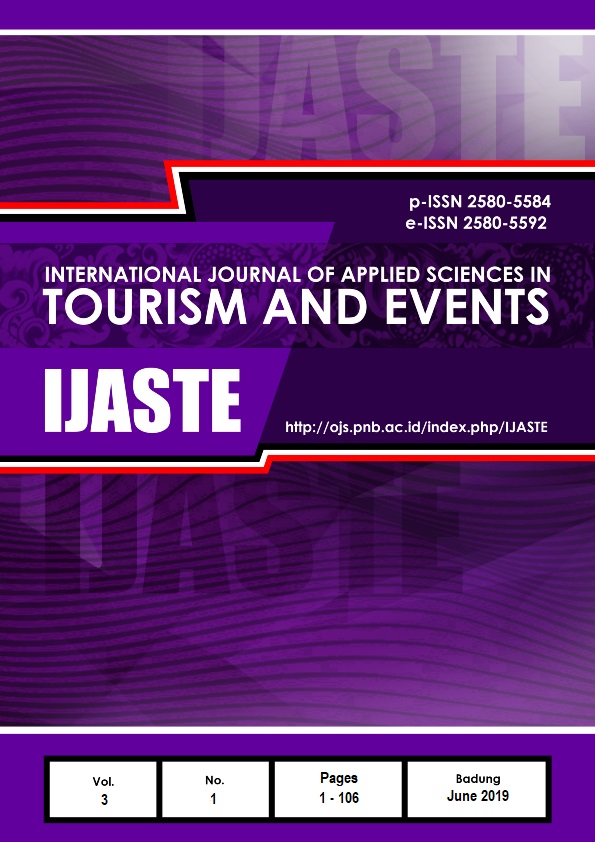SUSTAINABLE TOURISM CONCEPT IN REDESIGNING ZONE-ARRANGEMENT ON BANYUWEDANG HOT SPRINGS ARCHITECTURE
Abstract
Architecture and tourism are two things that have mutual connection to each other in terms of spatial arrangement and sustainable ressources management. Architectural form in tourism accomodation support concerns on many sustainable aspects in community’s social-economy, environment, and culture. Banyuwedang Hot Spring as tourism object has many potential, such as hot spring sources, mangrove forest, and a temple with it’s own architectural form called “Pura Mas Beji Banyuwedang” and “Pura Dang Kahyangan Banyuwedang”. The management system of this tourism object is self-management by some group of local people. The issue that emerge on site was zone setting and activities that looks unorganized and not fit-based on function embedded to it, and also didn’t concerned aboutactivities impact on mangrove forest. On average, 50% of main and support facilities not properly-used. On Average of tourist visit is 60 person a day and the system of waste management was not well-organized and well-made. The purpose of this research is to rearrange architectural zonation arrangement of Banyuwedang Hot Spring using sustainable tourism concept (economy, social, and environment). Using naturalistic qualitative research method by searching for problems that has sensual empiric, emic empiric, logic empiric, and trancendental charasteristic. Zone arrangement that resulting from this research are recreative and conservative zone that have mutally connected to each other in terms hot spring tourism spatial. Those zone arrangements formed based on (1) potentials owned as a toursim object; (2) Economic aspects such as operational cost and local people income; (3) social aspects from the creation of social space between visitors; (4) environmental aspects, by the mangrove forest and hot spring sustainability preservation; and (5) cultural aspect, by the preservation of religious ritual anda ritual attraction as one hot spring space.








